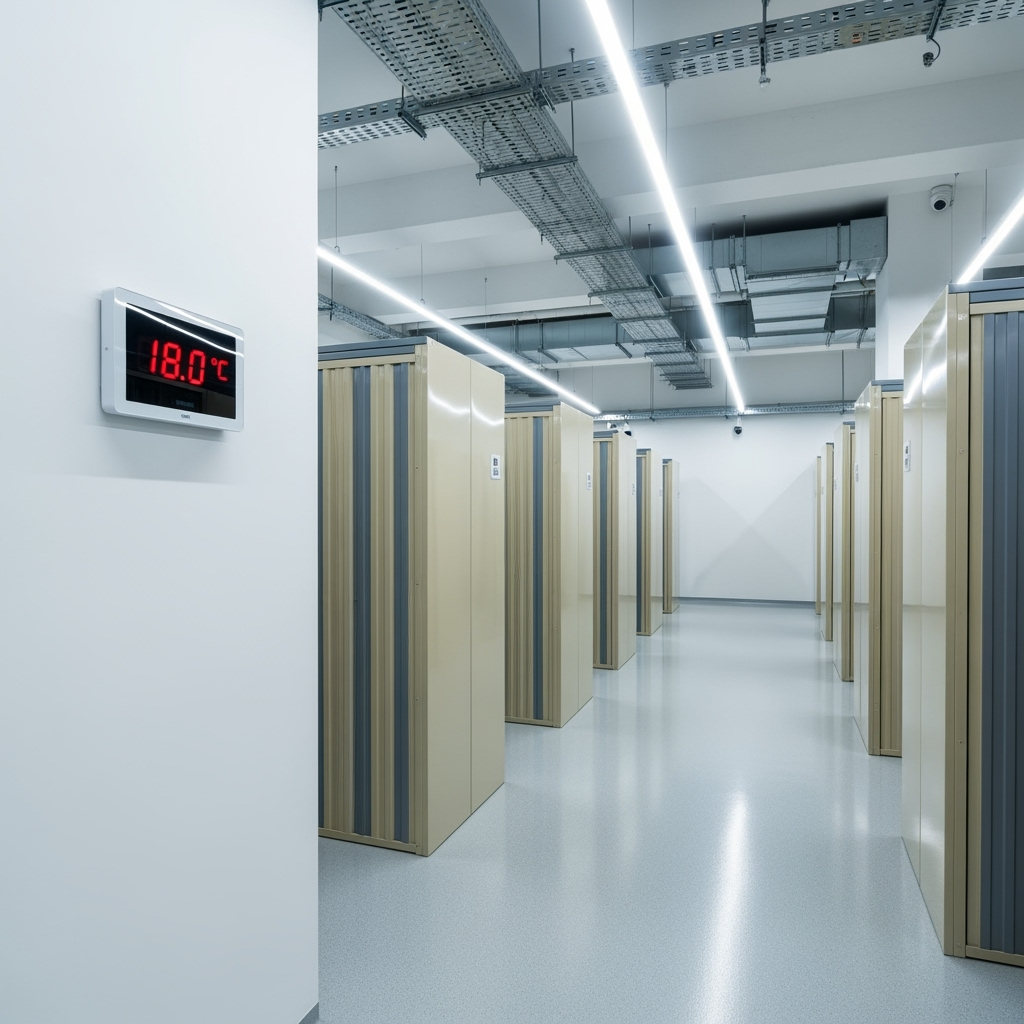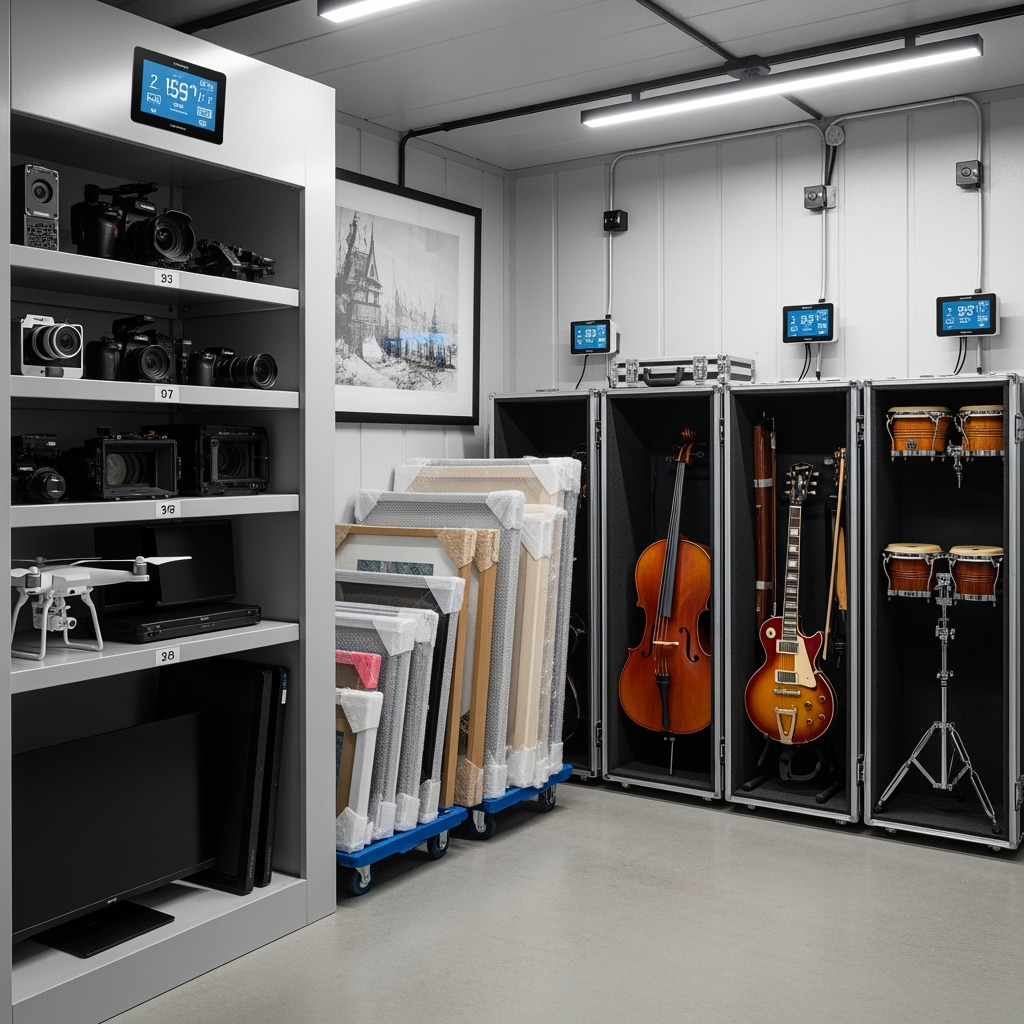
Understanding Your Storage Needs: When Climate Control Matters
When it comes to self-storage, one of the most crucial decisions you’ll face is choosing between climate-controlled and regular storage units. While climate-controlled storage typically costs 20-30% more than standard units, determining whether you need this premium feature isn’t always straightforward. This guide will help you make an informed decision based on your specific storage needs.
What is Climate-Controlled Storage?
Climate-controlled storage units maintain consistent temperature (usually between 55-85°F) and humidity levels (around 55%) year-round. These units protect your belongings from extreme temperature changes, moisture, and other environmental factors that could cause damage.
When Climate Control is Essential
Here are situations where investing in climate-controlled storage is strongly recommended:
- Storing items valued over $1,000
- Long-term storage (more than 3 months)
- Storage in regions with extreme temperature changes
- Protecting sensitive electronics or media
- Preserving wooden furniture or musical instruments
- Safeguarding important documents or photographs

When Regular Storage is Sufficient
Standard storage units can be appropriate for:
- Short-term storage (less than 3 months)
- Seasonal outdoor equipment
- Sturdy furniture made of metal or plastic
- Garden tools and equipment
- General household items
- Sports equipment (non-specialized)
Making the Decision: Key Factors to Consider
1. Item Sensitivity
Consider the materials your items are made from. Sensitive materials like leather, wood, or electronics are more susceptible to environmental damage and require climate control.
2. Storage Duration
Longer storage periods increase the risk of environmental damage. If you’re storing items for more than three months, climate control becomes more important.
3. Local Climate
Areas with extreme temperatures or high humidity levels make climate-controlled storage more valuable. Consider your local weather patterns when making your decision.
4. Item Value
Calculate the replacement cost of your items. If the total value exceeds the additional cost of climate-controlled storage, the investment is usually worthwhile.
Cost-Benefit Analysis
To determine if climate-controlled storage is worth the extra cost:
- Calculate the value of items requiring climate control
- Compare the cost difference between regular and climate-controlled units
- Consider the length of storage needed
- Factor in the potential cost of damage from improper storage
Making Your Final Decision
Ask yourself these questions:
- Would your items be damaged by extreme temperatures?
- Are your belongings sensitive to humidity?
- How long will you need storage?
- What would replacement costs be if items were damaged?
- Does your local climate pose risks to your stored items?
Additional Tips for Success
Regardless of your choice:
- Always use high-quality packing materials
- Elevate items off the floor when possible
- Check your items periodically
- Consider insurance for valuable items
- Keep an inventory of stored items
The Bottom Line
While climate-controlled storage costs more, it can be a wise investment for protecting valuable or sensitive items. Consider your specific needs, storage duration, and local climate when making your decision. Remember, the cost of replacing damaged items often exceeds the additional expense of climate-controlled storage.
For personalized advice on your storage needs, consult with Public Storage professionals who can help evaluate your specific situation and recommend the best storage solution for your belongings.










Leave a Reply